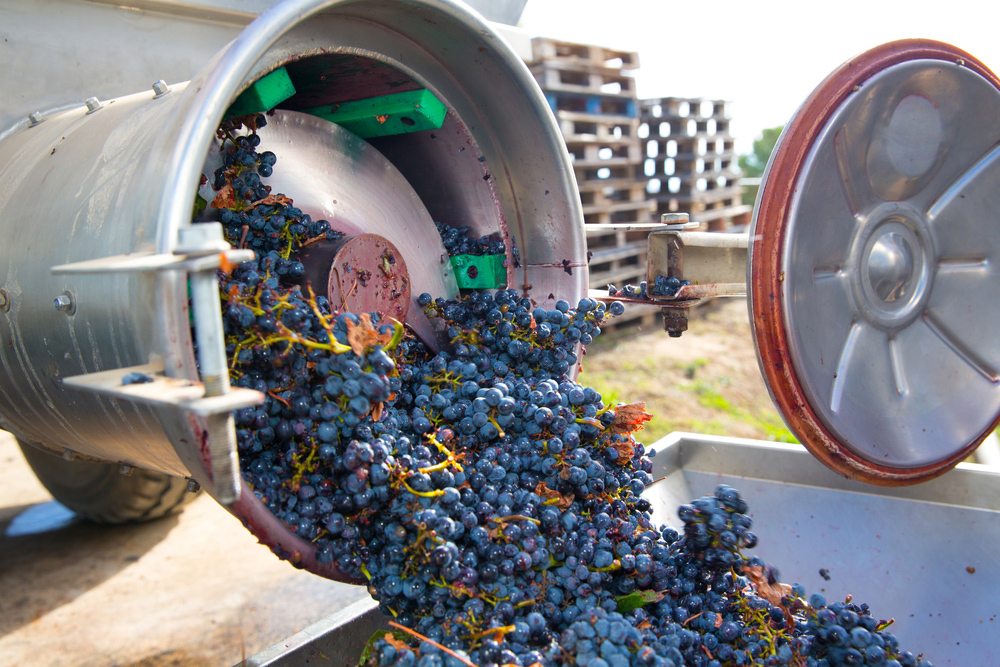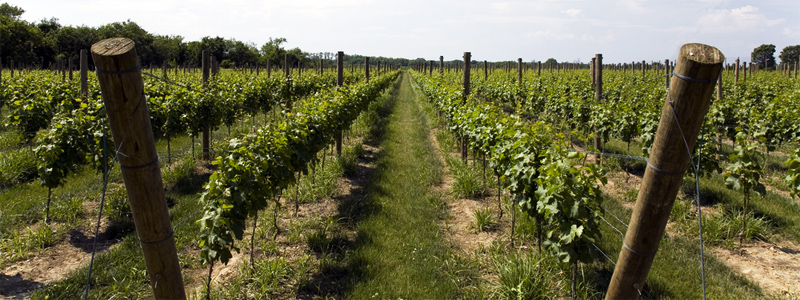Born in Bordeaux, Cabernet Franc shares its heritage with some of the world’s great grapes, including Merlot, Cabernet Sauvignon, and Malbec. However, much like Malbec, it plays a supporting role in the region’s blends. Elsewhere in France and around the world, Cabernet Franc plays a starring role, with varietal expressions thriving in the U.S., Chile, and most famously, the Loire Valley.
Cabernet France in 60 Seconds
- Cabernet Franc is the parent grape of Cabernet Sauvignon, Merlot, and Carménère.
- In Bordeaux, Cabernet Franc is seen most often in Merlot-dominant blends from the right-bank, while left-blank expressions contain more Cabernet Sauvignon.
- High-quality Cabernet Franc can age up to 15 years.
- In France, varietal Cabernet Franc is labeled by the region in which it is grown. The most famous examples include Chinon and Bourgueil.
What Cabernet Franc Tastes Like
Cabernet Franc is a red grape variety with different characteristics depending on where it’s grown. In cool-climate regions, like the Loire Valley in France or the Finger Lakes in New York, wines present strawberry and raspberry aromas and flavors that are somewhat tart, along with green pepper and herbaceous notes. In warmer-climate expressions, like those from Italy or California, the fruit character is riper. The variety’s distinct bell pepper aroma is still evident, but less green and sometimes roasted, alongside notes of dark berries and plum. Generally, Cabernet Franc is considered complex with spicy aromas and medium to high levels of acidity and tannin.
Places That Grow Cabernet Franc
Cabernet Franc is the third and smallest minority ingredient in the coveted red blends of Bordeaux. It contributes finesse to the wine by adding a peppery, earthy, and herbaceous notes, even while only making up as little as 5 percent of the blend.
As a varietal wine, Cabernet Franc is most well-known for versions that hail from France’s Loire Valley. Most of the vineyards for Cabernet Franc are in the Touraine sub-region, which lies around 150 miles inland from the Bay of Biscay. The Bourgueil and Chinon appellations are cool and wet, and produce expressions with high acidity, medium tannin and notes of sour cherry, sweet pepper, and wet stone. Most Loire Valley Cabernet Franc wines can age between five and seven years, with bottles averaging about $20.
The most prestigious Italian versions of Cabernet Franc fall into the unofficial “Super Tuscan” category. As the grape falls outside of the Italian DOCG system (because it is not indigeneous to Italy), the “Super Tuscan ” term was coined for declassified, high-quality wines from the Tuscany. Cabernet Franc grown in the area is ripe tasting with aromas and flavors of blackberry and other black fruit, alongside hints of red pepper and leather. Fuller-bodied and rich oak-aged versions are common.

In the U.S., Cabernet Franc has a strong presence on both coasts. The grape is valued for its ability to ripen in cool climates and has garnered great success in regions like Long Island and the Finger Lakes in New York, as well as the Columbia Valley in Washington State. In California, the warm weather in the Sierra Foothills results in Cabernet Franc wines that are plush and fruit-forward, sometimes with elevated alcohol and higher tannin levels.
Over the past decade, producers in Chile’s Colchagua Valley have started offering varietal expressions of Cabernet Franc. The inland area offers warm growing conditions, which produce ripe and juicy wines. Cabernet Franc from the Colchagua Valley shows freshness and elegance with bold aromas of black cherry and mocha along with baking spice and leathery notes from oak-aging.
Foods To Pair With Cabernet Franc
Cabernet Franc’s vegetal characteristics make it the perfect complement to gamey meats such as lamb, rabbit, duck, and venison. It also works just as well with weekday favorites such as roast chicken or fish tacos. The wine’s higher acidity makes it an appealing choice to pair with tomato-centric dishes like tomato and feta tart or stacks of tomato, eggplant and mozzarella.
Given the spicy aromas of Cabernet Franc, match fresh herbs and spice in your dish as much as possible. Add sage and rosemary to a decadent lasagna or an extra dash of red pepper flakes to lentil and tomato curry.
